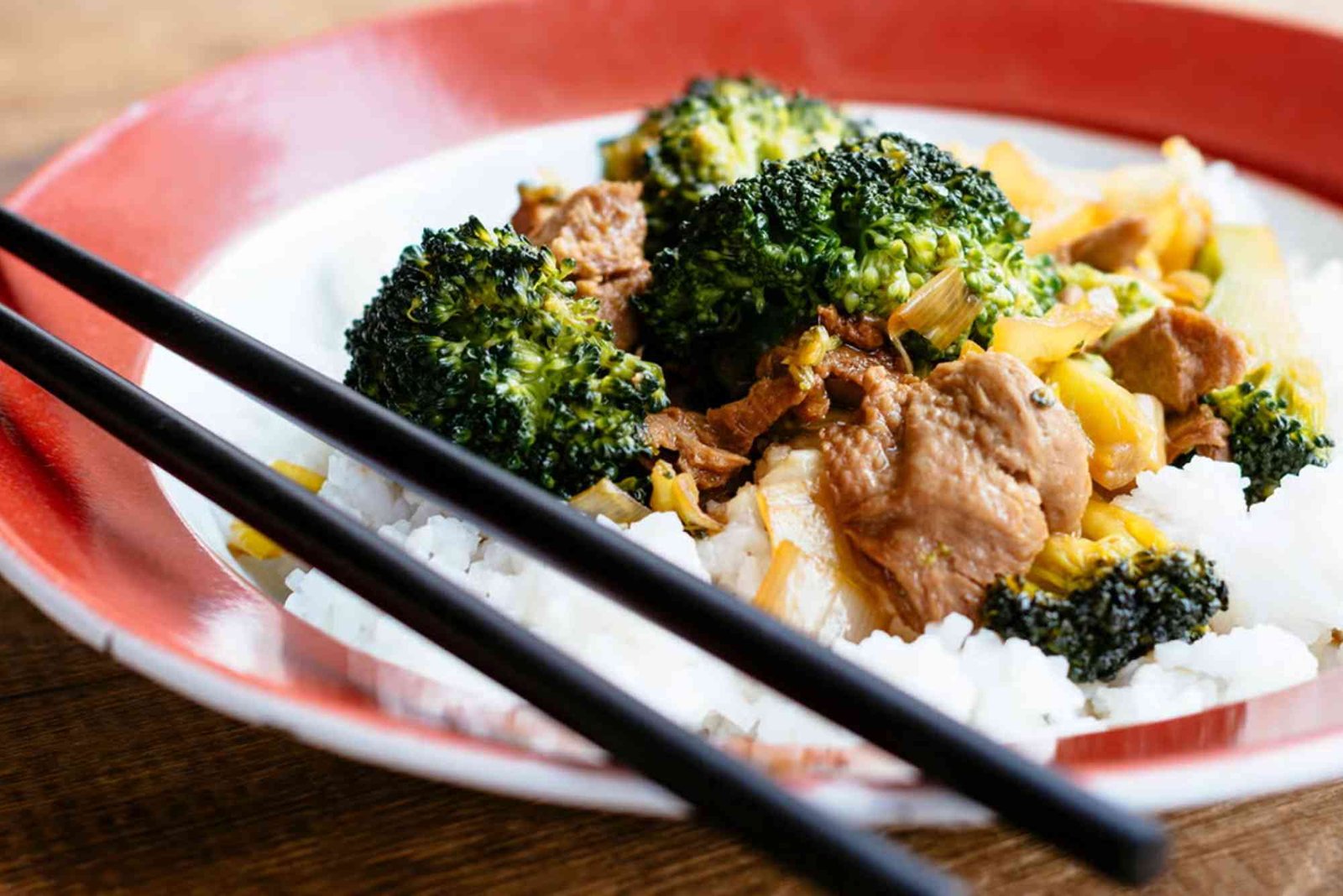Introduction
Vegan protein is no longer a mystery for those shifting toward plant-based diets. Whether you’re an athlete, a health enthusiast, or simply curious about eating cleaner, understanding vegan protein is key to maintaining balanced nutrition. With growing awareness of sustainability and wellness, people are actively seeking healthier alternatives to animal-based protein. In this guide, we’ll dive into everything you need to know about vegan protein — from how it works to practical examples and best practices.
If you’re looking for a detailed vegan protein — quick guide, you can explore this comprehensive resource for deeper insights into plant-based nutrition.
Understanding Vegan Protein
Vegan protein refers to protein derived entirely from plant-based sources such as legumes, nuts, seeds, grains, and vegetables. Unlike animal proteins, vegan sources contain no cholesterol and are often lower in saturated fats.
However, one common question arises — can vegan protein provide all the essential amino acids? The answer is yes, with smart food combinations. By mixing grains and legumes, for example, you can achieve a complete amino acid profile comparable to animal protein.
Plant-based proteins are also rich in fiber, vitamins, and antioxidants, making them excellent for long-term health and digestion.
Why Vegan Protein Matters
Switching to vegan protein offers benefits that go beyond nutrition. It supports personal health, animal welfare, and environmental sustainability. By reducing reliance on animal farming, vegan diets help lower greenhouse gas emissions and conserve water.
From a health perspective, diets rich in vegan protein may reduce the risk of chronic diseases like heart disease and type 2 diabetes. Additionally, they promote weight management and improve gut health through fiber intake.
Athletes are also finding success with vegan protein, using it to build lean muscle while maintaining energy and recovery.
Best Vegan Protein Sources
Let’s explore some of the top vegan protein sources you can include in your daily meals:
Legumes and Beans
Chickpeas, lentils, and black beans are powerful protein sources. They’re versatile, affordable, and packed with fiber that supports digestive health.
Tofu and Tempeh
Derived from soybeans, tofu and tempeh are complete proteins. They absorb flavors easily, making them ideal for savory dishes and stir-fries.
Nuts and Seeds
Almonds, chia seeds, and hemp seeds are excellent for snacks or toppings. They also provide healthy fats that promote heart health.
Whole Grains
Quinoa, brown rice, and oats contribute steady energy along with protein. Quinoa, in particular, is a complete protein on its own.
Vegetables
Though not as protein-dense, vegetables like spinach, broccoli, and peas contribute to overall intake. Combine them with legumes or grains for a complete meal.
You can find practical cooking inspiration for these ingredients on Serious Eats, which offers creative vegan recipe ideas that make healthy eating flavorful.
Tips for Maximizing Vegan Protein Intake
Building a protein-rich vegan diet requires some strategy. Here are essential tips to help you stay consistent and nourished.
Combine Protein Sources
Mix and match foods such as rice and beans or hummus and whole-grain pita. This ensures your meals provide all nine essential amino acids.
Monitor Daily Intake
The average adult needs around 0.8 grams of protein per kilogram of body weight daily. Active individuals may need more, especially those engaged in strength training.
Use Plant-Based Protein Powders
Pea, hemp, and brown rice protein powders can fill nutritional gaps. They’re convenient post-workout options that support muscle recovery.
Plan Ahead
Meal planning ensures you meet your protein needs while keeping variety and balance. Preparing foods like lentil soups, quinoa bowls, or chickpea salads in advance helps maintain consistency.
Include Protein in Every Meal
From smoothies to snacks, ensure each meal has a source of protein. It stabilizes blood sugar levels and keeps you feeling full longer.
Examples of High-Protein Vegan Meals
If you’re unsure how to apply these tips, here are simple meal examples packed with vegan protein:
-
Breakfast: Oatmeal with chia seeds, almond butter, and soy milk.
-
Lunch: Quinoa bowl with roasted chickpeas, avocado, and spinach.
-
Snack: Hummus with carrot sticks or mixed nuts.
-
Dinner: Stir-fried tofu with brown rice and broccoli.
-
Post-Workout: Smoothie with pea protein powder, banana, and almond milk.
These balanced meals ensure your body gets enough protein, energy, and micronutrients throughout the day.
Best Practices for a Balanced Vegan Protein Diet
Consistency and variety are essential in any successful vegan diet.
Focus on Whole Foods
Processed vegan products can be high in sodium or additives. Prioritize whole ingredients for better nutrition.
Balance Macronutrients
Protein, carbs, and fats all play roles in overall health. Include diverse food groups in your meal plan for sustained energy.
Stay Hydrated
Plant proteins often come with higher fiber content, so drink plenty of water to aid digestion and nutrient absorption.
Read Labels
If you rely on vegan protein powders or snacks, check for added sugars or artificial flavors. Clean, simple ingredients are always best.
Keep Experimenting
Vegan eating doesn’t mean boring food. Experiment with global cuisines — Indian lentil dishes, Mediterranean hummus wraps, or Asian tofu stir-fries all add diversity and flavor.
For more food inspiration and healthy meal ideas, you can browse more food articles that align with your vegan journey.
Common Myths About Vegan Protein
“You can’t get enough protein on a vegan diet.”
This myth is outdated. Many athletes and fitness professionals thrive on plant-based protein when planned correctly.
“Vegan protein isn’t complete.”
Combining different sources, such as grains and legumes, easily achieves complete amino acid profiles.
“Plant proteins aren’t as digestible.”
Modern preparation methods like soaking, sprouting, and fermenting improve digestibility and nutrient absorption.
Health Benefits of Vegan Protein
Consuming more vegan protein has a ripple effect on your health and well-being.
-
Supports Muscle Recovery: Especially for active individuals and athletes.
-
Improves Heart Health: Lower saturated fats help reduce cholesterol levels.
-
Boosts Energy Levels: Plant-based meals release energy steadily throughout the day.
-
Enhances Gut Health: The fiber in vegan protein supports healthy digestion.
-
Promotes Longevity: A balanced plant-based diet has been linked to reduced chronic disease risks.
FAQs
What is the best source of vegan protein?
Lentils, tofu, tempeh, chickpeas, and quinoa are among the best vegan protein sources for daily meals.
Can vegan protein build muscle?
Yes. With adequate calorie intake and strength training, vegan protein supports muscle growth just like animal protein.
Is vegan protein powder healthy?
It can be. Choose powders with minimal ingredients and no artificial additives for best results.
Do vegans need protein supplements?
Not always. Most people can meet their needs through whole foods, but supplements help if you’re very active or have limited time.
Is vegan protein better for the environment?
Absolutely. Producing plant protein requires less land, water, and energy compared to animal farming.
Vegan protein offers a sustainable, nutritious, and ethical path to better health. By choosing diverse plant-based foods, you can easily meet your protein needs without compromising taste or satisfaction.
Start small — add one vegan protein meal per day and gradually explore new options. Whether your goal is fitness, wellness, or sustainability, plant-based protein can fit seamlessly into your lifestyle.








